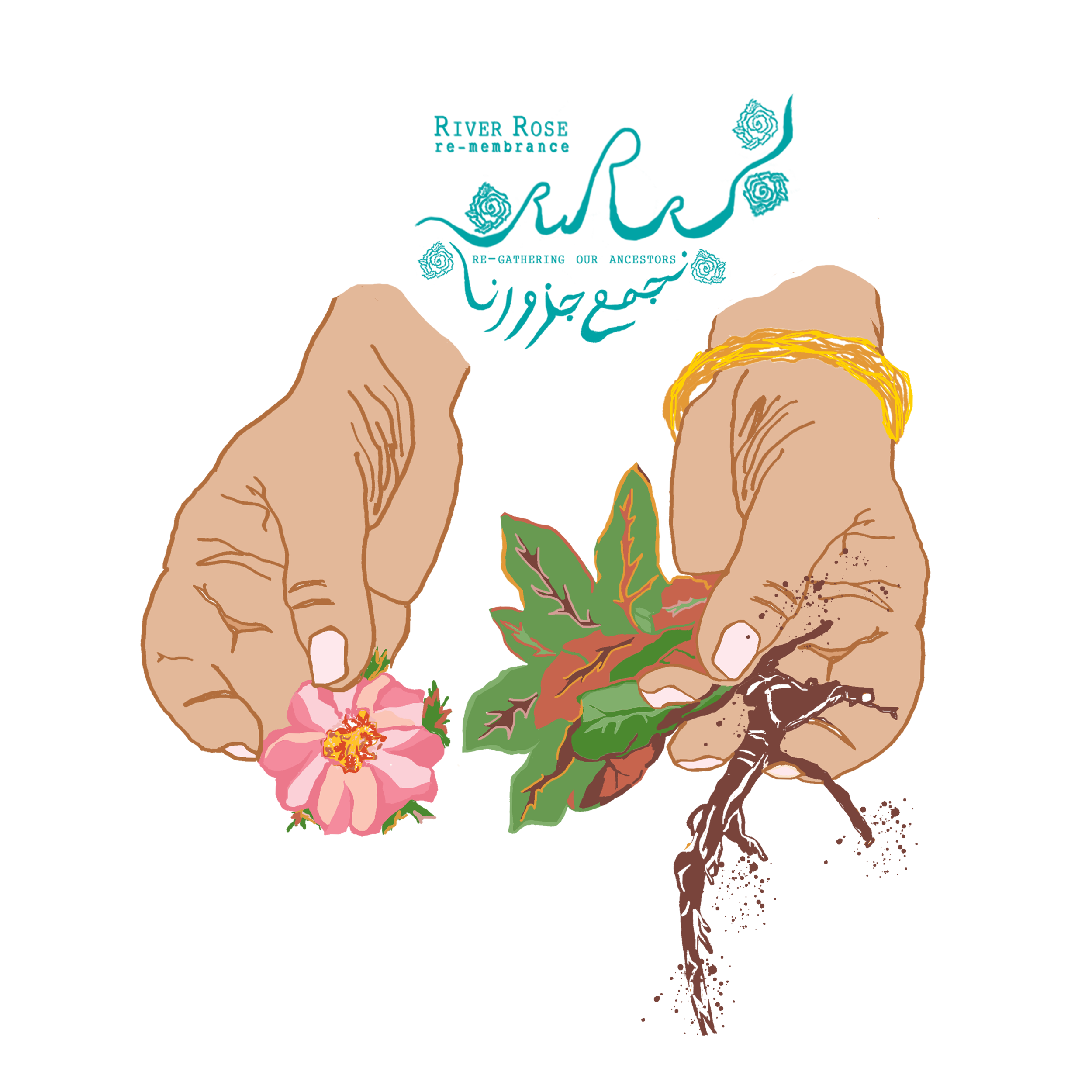Iranian Birthwork Traditions
By Tala Khanmalek
I recently completed a doula training led by the Long Beach Birthworkers of Color Collective. The training made me curious about birthwork in the SWANA (South West Asia and North Africa) region, especially in occupied territories like Palestine, as well as SWANA birthworkers throughout the diaspora. I asked some relatives about traditional Iranian practices for the pregnancy and postpartum periods and what they shared with me is listed below. Even as I recognize the value of remedies that have survived the silencing forces of medicalization, displacement, and beyond, I can’t help but ask after the ways said knowledge is framed today. How do we determine what is traditional, Iranian, or even a practice? What’s at stake, both in carrying on these remedies and calling them traditional Iranian practices, which they may very well not be? Further, everything listed below relies on plant medicine, raising critical issues concerning access, translation, and relationship to land. While I’m left with questions, I look forward to learning more and linking up with SWANA birthworkers (please contact me at talazky@gmail.com if you want to connect).
Pregnancy
Food:
Ghaoot
Ghaoot is a highly nutritious mixture of nut flours, specifically almond, walnut, hazelnut, and pistachio flour. My relatives referred to these four nuts as the four maghz, which translates to brain. The recipe is simple yet laborious because you must make the nut flours from scratch, then mix them together and add sugar, powdered ginger, and ground cilantro seed to taste.
Practice:
Rubbing the belly with almond oil.
Postpartum
Food:
Kachi
Kachi is a highly nutritious “pudding” that is very similar to halva. Simply mix flour (to be added last), saffron, water, rose water, and sugar in a saucepan. Stir continuously until the consistency is that of pudding. Kachi is meant to be eaten warm. My relatives emphasized the importance of eating warming foods during the postpartum period. This was consistent with what I learned from birthworkers at the training. Note: it’s not always the case that hot foods are warming according to the concept of hot/cold foods in Iranian culture. For example, raw mango is literally cold but considered warming.
Practice:
Rubbing the low back with homemade salve. Combine egg yolk with chickpea flour and powdered moord e sabz (myrtle leaf—at least that’s the best translation my cousin could find!). Massage salve into the low back, cover, and let it sit for several days.
Tala Khanmalek is an educator, healer, sailor, and creative writer of Iranian descent living on Tongva territory in Long Beach, CA.
